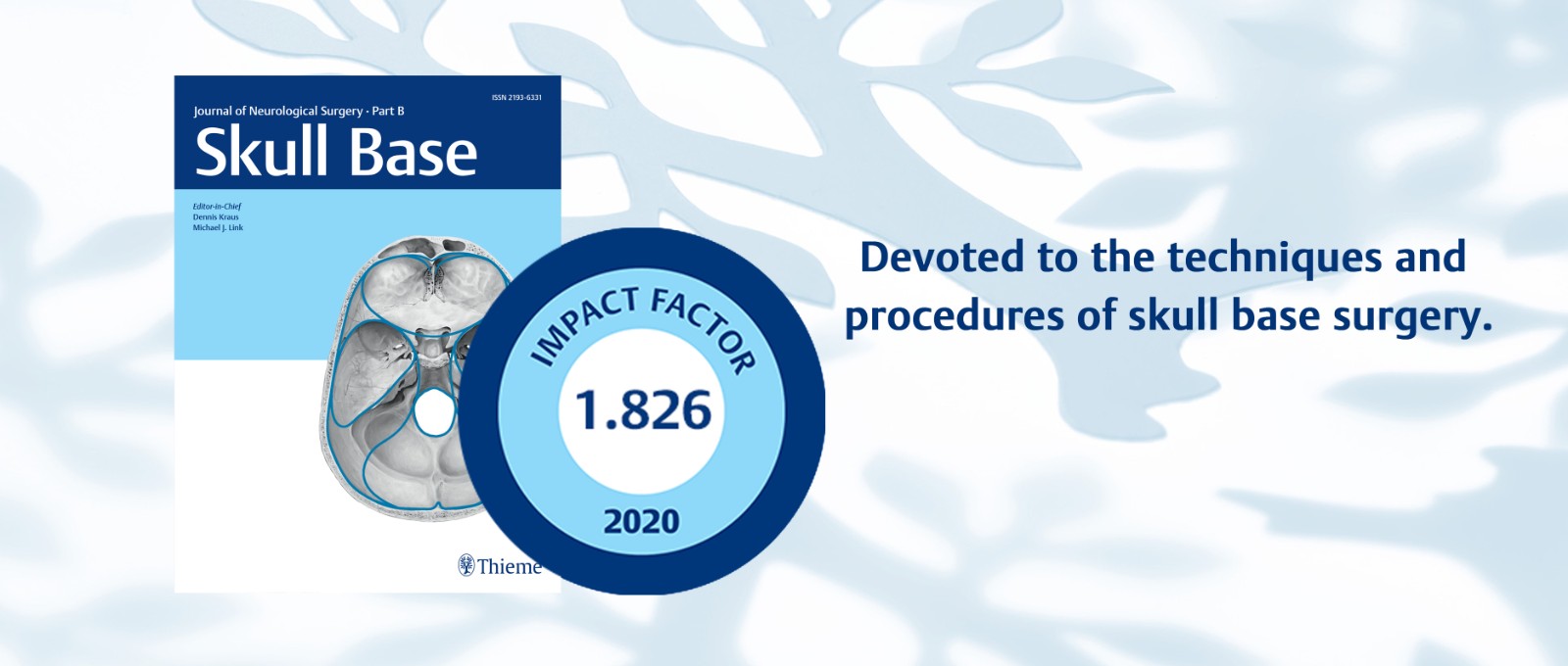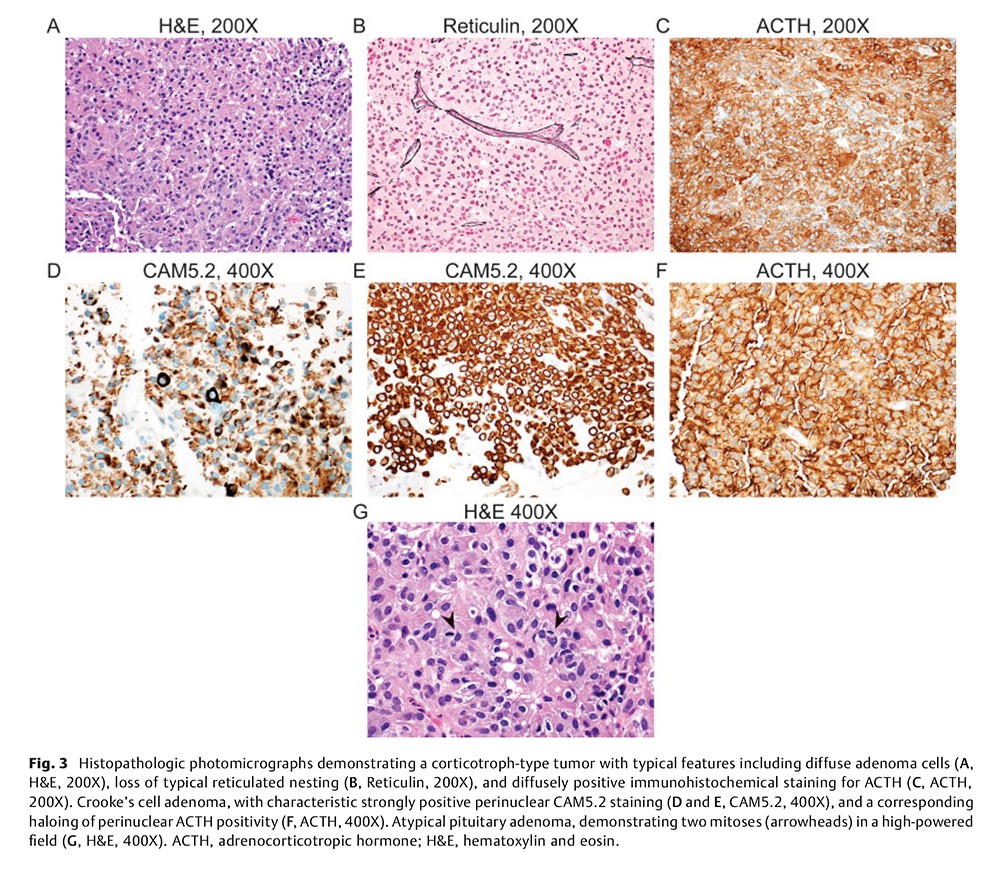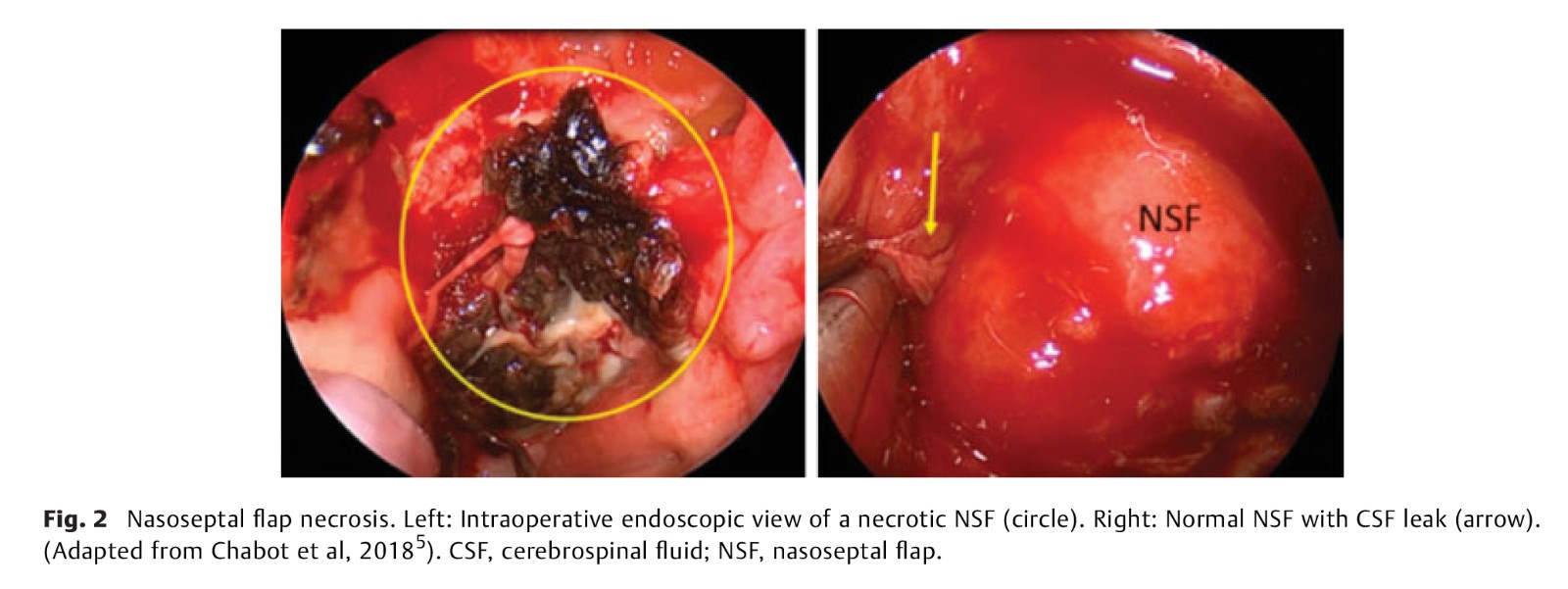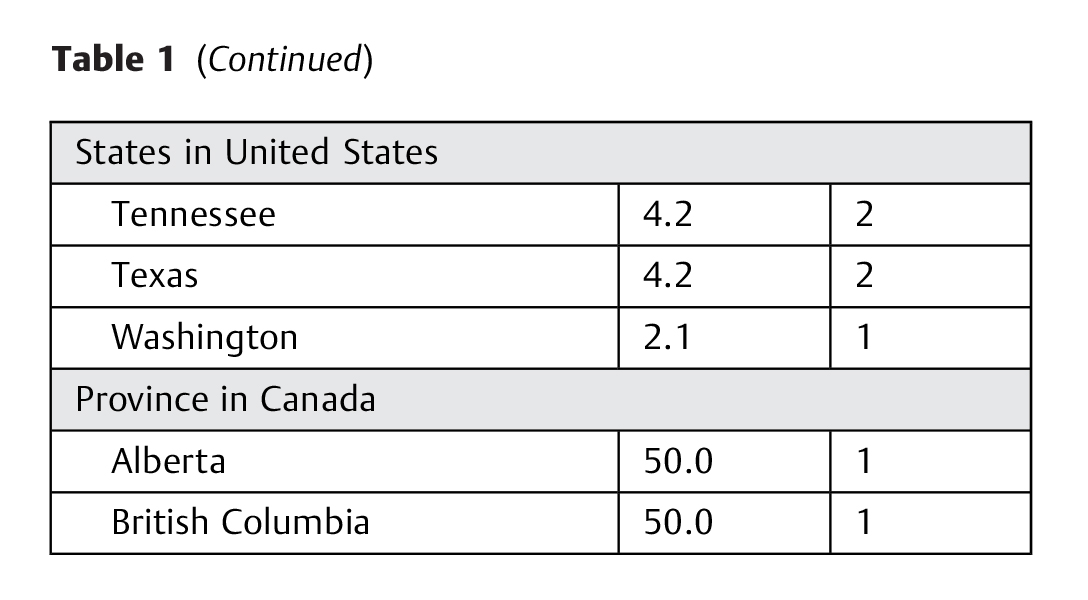

Thieme神经外科学期刊Journal of Neurological Surgery Part B: Skull Base的影响因子2020提高到了1.826。非常感谢所有作者、审稿人和编辑的支持和最宝贵的贡献。
以下三篇是被引用次数最多的论文,它们对影响因子的提高有着重要贡献,欢迎免费阅读。
Perry et al.

Background: Pediatric pituitary adenoma is a rare skull base neoplasm, accounting for 3% of all intracranial neoplasms in children and 5% of pituitary adenomas. Compared with pituitary tumors in adults, secreting tumors predominate and longer disease trajectories are expected due to the patient age resulting in a natural history and treatment paradigm that is complex and controversial.
Objectives: The aims of this study were to describe a large, single-institution series of pediatric pituitary adenomas with extensive long-term follow-up and to conduct a systematic review examining outcomes after pituitary adenoma surgery in the pediatric population.
Methods: The study cohort was compiled by searching institutional pathology and operative reports using diagnosis and site codes for pituitary and sellar pathology, from 1956 to 2016. Systematic review of the English language literature since 1970 was conducted using PubMed, MEDLINE, Embase, and Google Scholar.
Results: Thirty-nine surgically managed pediatric pituitary adenomas were identified, including 15 prolactinomas, 14 corticotrophs, 7 somatotrophs, and 4 non-secreting adenomas. All patients underwent transsphenoidal resection (TSR) as the initial surgical treatment. Surgical cure was achieved in 18 (46%); 21 experienced recurrent/persistent disease, with secondary treatments including repeat surgery in 10, radiation in 14, adjuvant pharmacotherapy in 11, and bilateral adrenalectomy in 3. At the last follow-up (median 87 months, range 3–581), nine remained with recurrent/persistent disease (23%).
Thirty-seven publications reporting surgical series of pediatric pituitary adenomas were included, containing 1,284 patients. Adrenocorticotropic hormone (ACTH)-secreting tumors were most prevalent (43%), followed by prolactin (PRL)-secreting (37%), growth hormone (GH)-secreting (12%), and nonsecreting (7%). Surgical cure was reported in 65%. Complications included pituitary insufficiency (23%), permanent visual dysfunction (6%), chronic diabetes insipidus (DI) (3%), and postoperative cerebrospinal fluid (CSF) leak (4%). Mean follow-up was 63 months (range 0–240), with recurrent/persistent disease reported in 18% at the time of last follow-up.
Conclusion: Pediatric pituitary adenomas are diverse and challenging tumors with complexities far beyond those encountered in the management of routine adult pituitary disease, including nuanced decision-making, a technically demanding operative environment, high propensity for recurrence, and the potentially serious consequences of hypopituitarism with respect to fertility and growth potential in a pediatric population. Optimal treatment requires a high degree of individualization, and patients are most likely to benefit from consolidated, multidisciplinary care in highly experienced centers.
Complications of Nasoseptal Flap Reconstruction: A Systematic Review
Lavigne et al.

Objective: The nasoseptal flap (NSF) is considered the primary vascularized flap for reconstruction of dural defects with endoscopic endonasal surgery (EES) of the skull base. However, the complications and morbidities associated with this reconstructive flap are poorly understood. This article presents a systematic review of the complications and morbidities related to the use of the NSF in skull base surgery.
Method: A systematic review of the literature based on published guidelines was performed to identify potential complications and morbidities related to the NSF. The MEDLINE and Embase databases were searched from January 1, 1950 to February 5, 2018.
Results: Twenty-seven articles were identified. Reported complications were as follows: NSF necrosis (4 studies; [0–1.3%]), mucocele formation (5 studies; [0–3.6%]), septal perforation (6 studies, [0–14.4%]), nasal dorsum collapse (2 studies, [0.7–5.8%]), effects on quality of life (QoL) (8 studies), and olfactory loss (11 studies).
Conclusion: Although complications associated with the NSF may be underreported in the literature, the NSF appears to be a safe and reliable reconstructive flap in EES of the skull base.
Carlson et al.

Background: Very few studies have examined vestibular schwannoma (VS) management trends across centers and between providers. The objective of this study is to examine current practice trends, variance in treatment philosophies, and nuanced or controversial aspects of VS care across North America.
Methods: This is a cross-sectional survey of North American Skull Base Society (NASBS) members who report regular involvement in VS care.
Results: A total of 57 completed surveys were returned. Most respondents claimed to have over 20 years of experience and the majority reported working in an academic practice with an affiliated otolaryngology and/or neurosurgery residency program. Sixty-three percent of respondents claimed to evaluate VS patients in clinic with both an otolaryngologist and neurosurgeon involved. Eighty-six percent of respondents claimed to operate on VS with both an otolaryngologist and neurosurgeon involved, while only 18% of neurosurgeons and 9% of otolaryngologists performed surgery alone. There was a wide range in the number of cases evaluated at each center annually. Similarly, there was wide variation in the number of patients treated with microsurgery and radiation at each center. Additional details regarding management preferences for microsurgery, stereotactic radiosurgery, stereotactic radiotherapy, and conservative observation are presented.
Conclusion: VS management practices vary between providers and centers. Overall, most centers employ a multidisciplinary approach to management with collaboration between otolaryngology and neurosurgery. Overall, survey responses concur with previous studies suggesting a shift toward conservatism in management.
